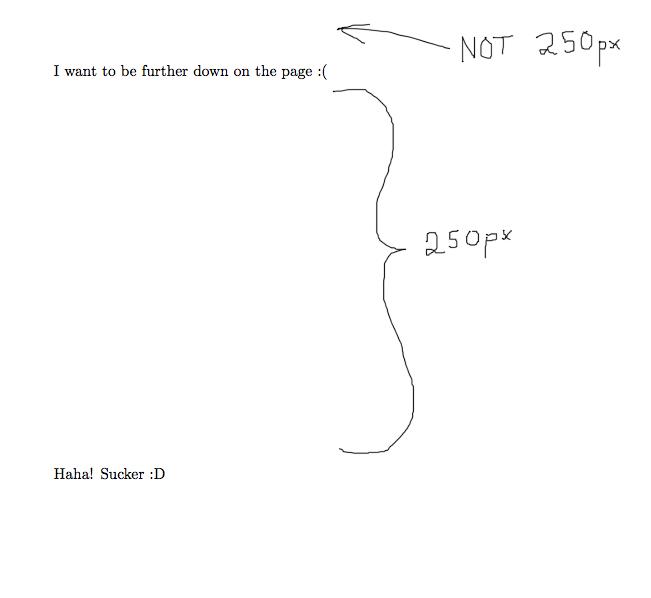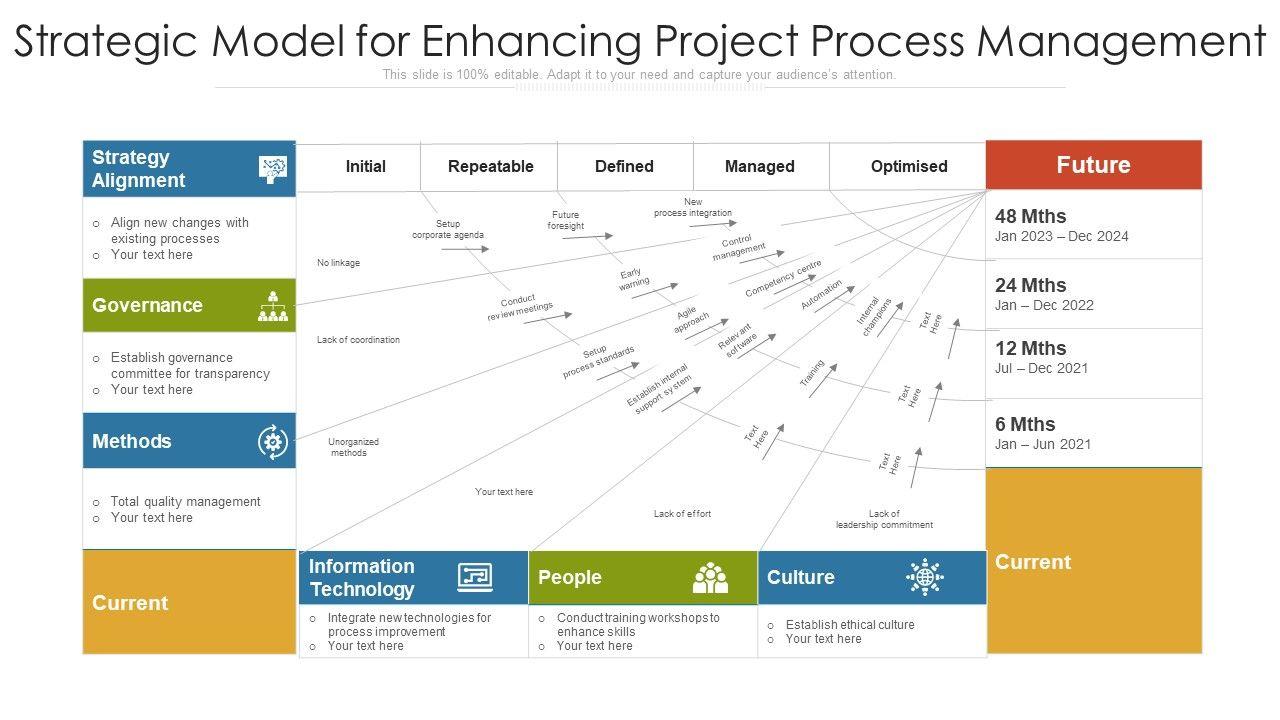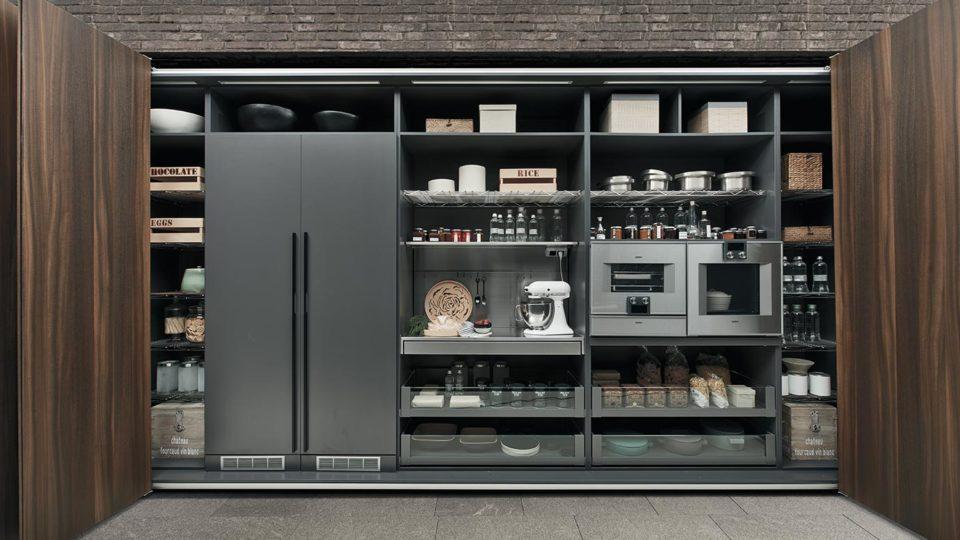In the heart of every home, the kitchen stands as a testament to culinary creativity and everyday functionality. However, for those blessed—or perhaps challenged—with limited space, optimizing a small kitchen can be both an art and a science. With the right strategies and thoughtful organization, even the coziest of cooking corners can transform into a powerhouse of culinary output. This article delves into practical approaches for maximizing efficiency, enhancing storage solutions, and fostering an environment that inspires innovative cooking. By reimagining layout, selecting versatile tools, and embracing smart design choices, cooks of all levels can elevate their culinary experiences, proving that size is no barrier to culinary excellence. Join us as we explore the multifaceted ways to turn your compact kitchen into a vibrant hub of gastronomic creativity.
Table of Contents
- Maximizing Vertical Space for Efficient Storage Solutions
- Enhancing Workflow with Strategic Layout Adjustments
- Selecting Multi-Functional Appliances for Versatile Cooking
- Incorporating Smart Organization Techniques for Easy Access
- Key Takeaways
Maximizing Vertical Space for Efficient Storage Solutions

To truly make the most of a small kitchen, consider utilizing the vertical space that often goes unnoticed. Wall-mounted shelves can provide an ideal spot for frequently used spices, cookbooks, or decorative items. Not only do they keep your countertops clear, but they also create an inviting atmosphere. Hanging pot racks serve a dual purpose by keeping your cookware accessible while also adding a rustic charm to your culinary haven. Here’s a quick list of items that can be elevated to maximize your vertical efficiency:
- Magnetic knife strips to save drawer space.
- Pegboards for customizable storage of utensils.
- Over-the-door racks for pantry or cabinet organization.
Moreover, incorporate multi-tiered racks within cupboards to facilitate organized grouping of appliances or canned goods. This allows for easy visibility, making meal prep more seamless. Color-coded bins can also be used to categorize pantry items, making it quicker to find what you need without digging through piles. Consider the following table for organizing vertical storage:
| Storage Item | Ideal Use |
|---|---|
| Wall Shelves | Display spices, cookbooks |
| Pot Rack | Store cookware, save cabinet space |
| Tiered Stands | Organize pantry items or produce |
Enhancing Workflow with Strategic Layout Adjustments

To maximize efficiency in a compact kitchen, consider reorganizing the layout with careful thought and strategic planning. Begin by implementing a triangular work zone that facilitates smooth flow between the stove, sink, and refrigerator. This arrangement minimizes movement and allows for quick transitions, enhancing productivity. Assess the existing space and identify areas that can be optimized. For instance:
- Utilize vertical space: Install shelves or cabinets that extend to the ceiling to store items that are not used daily.
- Incorporate pull-out drawers: Maximize cabinet space by incorporating pull-out shelves for easy access to pots and pans.
- Magnetic strips for utensils: Free up counter space by attaching magnetic strips to store knives and metal utensils.
Furthermore, consider multifunctional furniture pieces, such as a kitchen island that can double as a prep area and dining space. This reduces the need for additional furniture and keeps the workspace uncluttered. Evaluate the potential for adding a fold-down table or a compact butcher block that can be tucked away when not in use. Below is a table illustrating ideal dimensions and functionality for kitchen enhancements:
| Feature | Dimensions (inches) | Functionality |
|---|---|---|
| Wall-mounted shelves | 36 x 12 | Storage and display |
| Compact kitchen island | 48 x 24 | Prep and eating space |
| Pull-out drawer | 30 x 24 | Easy access to cookware |
Selecting Multi-Functional Appliances for Versatile Cooking
In a small kitchen, every inch counts, and selecting the right appliances can transform your cooking experience. Look for multi-functional appliances that combine several cooking methods into one unit. For example, a combination microwave oven can not only heat leftovers but also bake and grill, saving valuable counter space while offering a range of cooking options. Similarly, a multi-cooker can serve as a slow cooker, pressure cooker, and even a rice maker, allowing for impressive meal versatility with minimal appliance clutter.
When considering which appliances to invest in, prioritize those that enhance efficiency and creativity in the kitchen. Key features to look for include:
- Compact Design: Ensure the appliance fits your space without sacrificing functionality.
- Smart Technology: Models with programmable settings can streamline the cooking process.
- Ease of Cleaning: Removable and dishwasher-safe components save time and effort.
| Appliance | Main Function | Additional Features |
|---|---|---|
| Multi-Cooker | Pressure Cooking | Slow Cooking, Steaming, Sautéing |
| Air Fryer | Air Frying | Baking, Roasting, Grilling |
| Blender | Blending | Food Processing, Crushing Ice |
Incorporating Smart Organization Techniques for Easy Access
Creating a streamlined workflow in a small kitchen hinges on smart organization techniques that prioritize easy access to essential items. Start by utilizing vertical space with shelves or wall-mounted racks to keep pots, pans, and cooking utensils within reach. A well-organized spice rack can greatly enhance your cooking experience; consider using a tiered system or labeled containers for quick identification. Another effective practice is to keep frequently used items at eye level, ensuring that your tools and ingredients are always accessible when needed. Regularly declutter counters to foster a more focused cooking environment, thus enhancing both safety and efficiency.
Strategic storage solutions, like pull-out shelves or lazy Susans, can transform tight spaces into functional areas. Invest in clear bins for pantry items, allowing for easy visibility while reducing the time spent searching for ingredients. Categorizing items can also streamline access: group baking supplies together, keep everyday cookware in one area, and separate less frequently used equipment. Consider implementing a labeling system to identify pantry contents and avoid unnecessary purchases. Below is a simple table showcasing effective organization strategies that can optimize your small kitchen:
| Organization Strategy | Description |
|---|---|
| Utilize Vertical Space | Install shelves or hang racks to free up counter space. |
| Clear Bins | Store pantry items in transparent containers for visibility. |
| Pull-out Shelves | Maximize corner cabinets with pull-out mechanisms for easy access. |
| Labeling System | Keep track of pantry items and avoid duplicates with clear labels. |
Key Takeaways
optimizing a small kitchen for maximum culinary output is both an art and a science that demands thoughtful design and strategic planning. By harnessing the principles of organization, multi-functionality, and efficient workflow, even the tiniest of spaces can transform into a hub of culinary creativity. From utilizing vertical storage solutions to investing in quality kitchen tools, every decision contributes to enhancing functionality and reducing clutter. As you embark on the journey of refining your kitchen, remember that the goal is not just to create meals but to cultivate an environment that inspires and empowers your culinary endeavors. With these insights and strategies in mind, your small kitchen can become a thriving landscape where flavors come to life and gastronomic dreams are realized. Embrace the challenge, and watch as the size of your kitchen gives way to the magnitude of your culinary ambitions.



